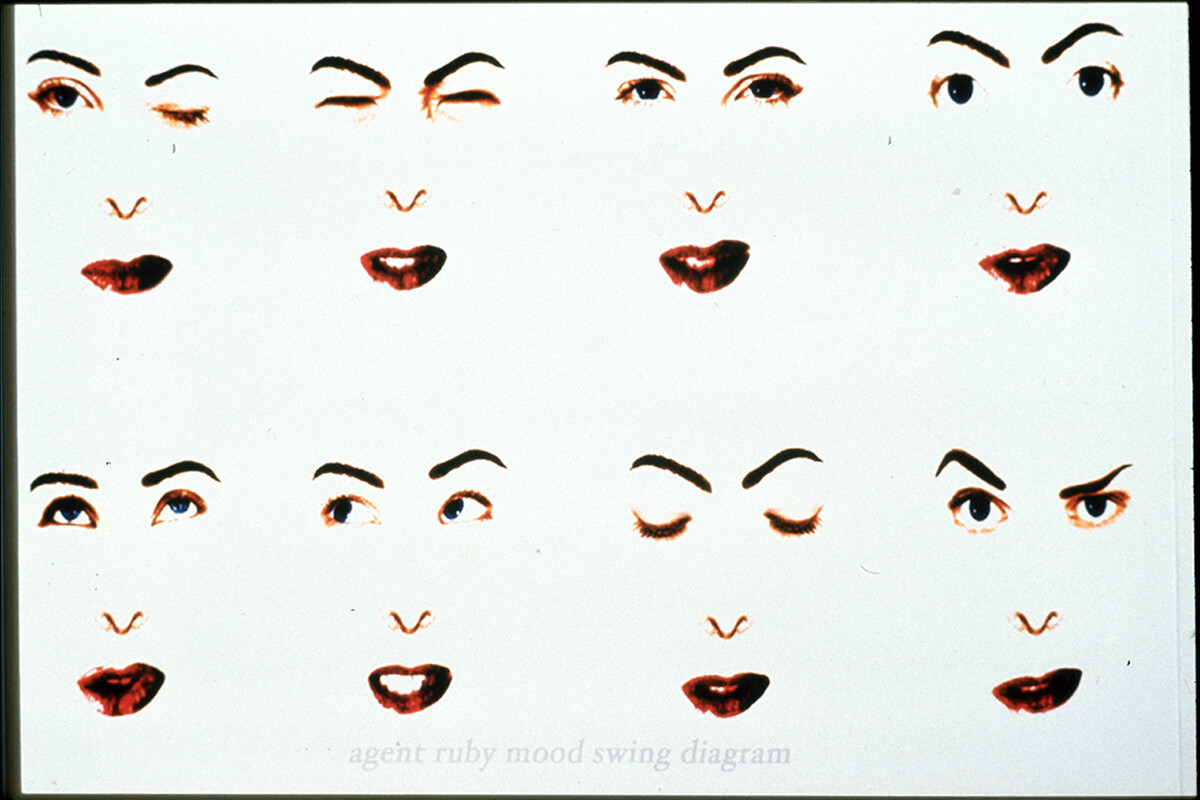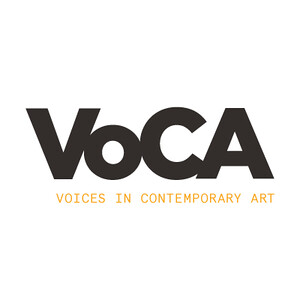VoCA is pleased to launch the Spring 2019 issue of VoCA Journal, the third in a series on the stewardship of media arts, and the first to focus particularly on women practitioners in the field.
Lori Zippay (Executive Director of Electronic Arts Intermix) writes on Shigeko Kubota’s contributions to the nascent art scene in SoHo from her arrival in 1964 into the 1980s. In this article, Zippay shares her research on several newly rediscovered chapters of Kubota’s Broken Diary, a series of single-channel “video diaries” of her travels abroad and on intimate themes such as Kubota’s relationship with her ailing father. In an interview with Tanya Zimbardo (Assistant Curator of Media Arts at the San Francisco Museum of Modern Art), Mary Lucier describes the evolution of her practice during the 1970s and 1980s, emphasizing the material qualities of light in works such as Equinox and Dawn Burn. Responding to Zimbardo’s question about a greater gender balance in media arts at that time relative to other genres, Lucier says, “It was fresh, and one felt it could be used as an experimental tool without accounting for a heavy history of great art to overcome or to learn from, unlike painting or even film.”
Two interviews featured in this issue discuss the importance of building and archiving collections of work by women in media arts. Kate Lewis (Agnes Gund Chief Conservator at The Museum of Modern Art) talks with Barbara London (founder of the video exhibition and collection programs at The Museum of Modern Art) about the genesis of MoMA’s video collection. London came to video through research on sculptors who were also exploring video and was energized by the sense of experimentation. London describes launching the video program at MoMA with a grant from the National Endowment for the Arts that enabled her to purchase equipment and establish relationships with colleagues in commercial media as well as across curatorial departments. She also reflects on acquiring the first videos for the museum’s collection, including Joan Jonas’s Vertical Roll, and the importance of collecting ephemera as there were few publications on video art at that time. In another interview, Robin Clark (Editor of VoCA Journal) speaks with Kathleen Landy (Founder and President of The Feminist Institute) about TFI’s mission to provide a major online repository for the study of feminist documentation. Landy makes a case for digitizing and sharing documentation of work by women in media arts, particularly the generation that started out in SoHo in the 1970s.
The unique challenges of preserving media art are discussed in articles by Martina Haidvogl (Associate Conservator of Media Art at the San Francisco Museum of Modern Art) and Mark Hellar (a technology consultant for media artists and art museums). In a text that takes the search for a missing master of Shirin Neshat’s film Passage as a case study, Haidvogl unpacks the complexities of migrating works across media. Hellar discusses his long-term collaboration with Lynn Hershman Leeson, who ingeniously secured funding to create Agent Ruby, a viral internet bot who talks to people online, by writing the character into a digital film and casting Tilda Swinton to play multiple roles.
VoCA Journal launched in fall 2015 as an online platform for artists and their collaborators. We are consciously pursuing a more inclusive approach and it has been rewarding to devote this issue to the contributions of women working in media arts with an unabashed and big-tent feminist agenda. VoCA Journal’s editorial team wishes to thank Fotene & Tom Cote for their lead gift in support of this issue, with additional support provided by The Rosenkranz Foundation, New York City Department of Cultural Affairs in partnership with the City Council, and Small Data Industries.
For more information about VoCA or to subscribe to our newsletter, please visit our website at www.voca.network or reach out to our Program Manager, Margaret Graham, at margaret [at] voca.network.




